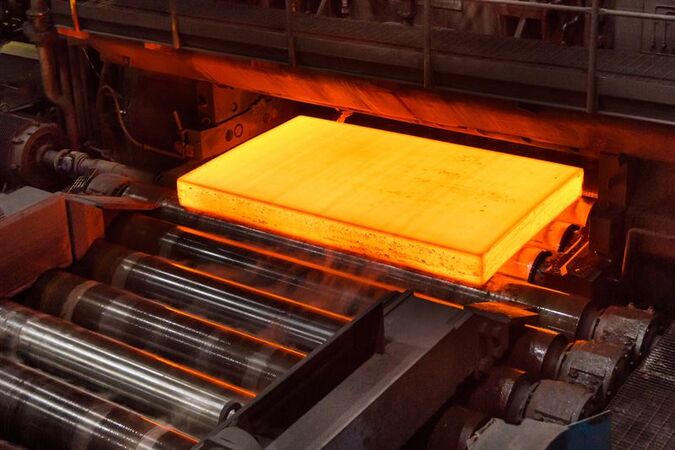SaltX, SMA Mineral and SSAB enter pre-study for climate-neutral quicklime production
by David Fleschen

SaltX Technology, SMA Mineral, and SSAB are entering a pre-study on how a new technology to produce climate-neutral quicklime can be applied in SSAB's steelmaking process. The technology, which SaltX is developing, aims to replace fossil fuels with renewable electricity in quick-lime production. In the production of ore-based steel, quicklime is needed as a slag former.
The parties have signed a Letter of Intent, which intends to transition into a long-term cooperation agreement if the outcome of the preliminary study is positive. The study will be completed during the current year.
SaltX is in the industrialization phase of its lime production technology, EAC (Electric Arc Calciner), which aims to replace fossil fuels with renewable electricity in a process known as calcination. In it, limestone is heated to elevated temperatures, and the carbon dioxide that is then released is isolated and separated. The technology makes it possible to produce quicklime without emissions from fossil fuels and carbon dioxide from the calcination process.
SMA Mineral and SaltX plan to start the construction of their first joint plant for calcination in 2023 with the goal of supplying around 40,000 tons of climate-neutral quicklime primarily to the steel industry in 2025.
“SSAB is clear that they want climate-neutral quicklime for their steel production. With the new electrified production facilities, we are building together with SaltX, we have good opportunities in the long term to be able to meet the demand from both SSAB and other players”, says Svante Fielding, CEO of SMA Mineral.
“The steel industry is a major emitter of carbon dioxide, and SSAB's work to produce fossil-free steel is a model for the entire industry. That we at SaltX, with our innovation for electrified calcination, can further speed up this transition makes me both proud and hopeful”, says Carl-Johan Linér, CEO of SaltX Technology.

